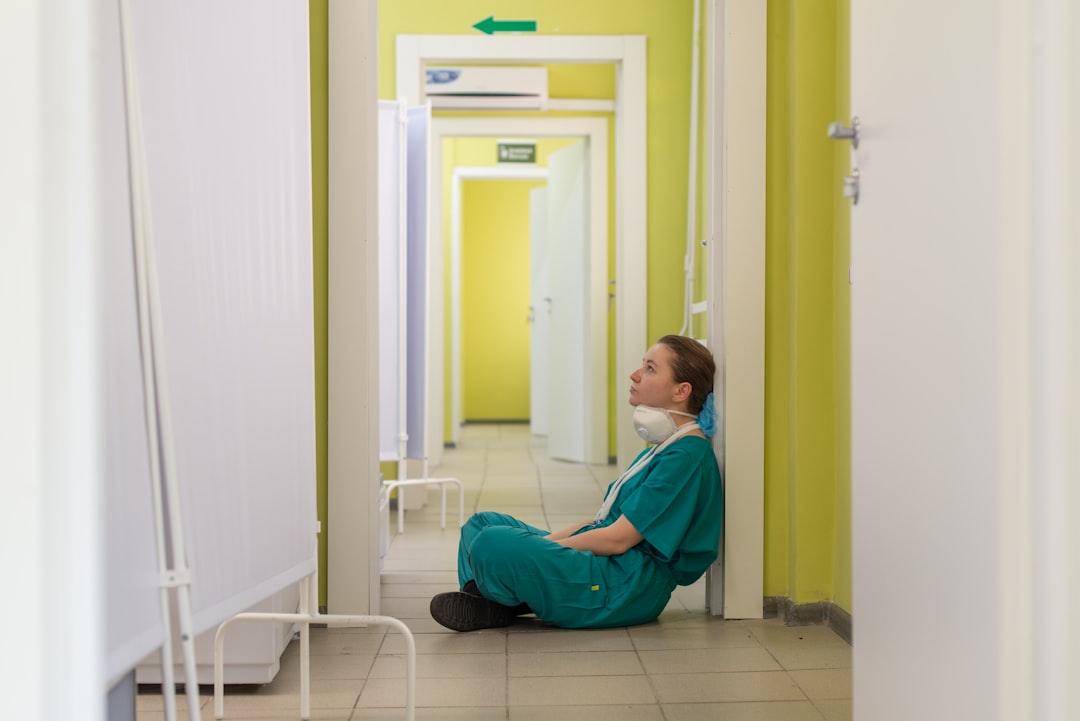What is it about?
This study integrates infant and child mortality data with GIS information to assess the influence of damages caused by a natural disaster on child healthcare. In this paper, we investigated the dynamics of infant and child mortality (age 0–9 years) in North-Eastern Japan before and after 2011.
Featured Image

Photo by Chiến Phạm on Unsplash
Why is it important?
This result indicated that infants and children are exposed to accidents regardless of disaster outbreaks. In 2011, we found that the mortality rate in the coastal zone was 10 times higher than that in the inland zone. The mortality rate in 2011 increased 11-fold compared with that before and after 2011 when no tsunami had occurred. Furthermore, the mortality rate of children younger than 5 years was 164.2 times higher than that of children younger than 10 years in 2011.
Perspectives
This study revealed mortality differences between normal and abnormal periods, that is, before, during and after the 2011 earthquake and tsunami by sex, age group and SMA. Disaster impact on child mortality was associated with abnormalities.
Ai Tashiro
Tohoku University
Read the Original
This page is a summary of: Differences in infant and child mortality before and after the Great East Japan Earthquake and Tsunami: a large population-based ecological study, BMJ Open, November 2018, BMJ,
DOI: 10.1136/bmjopen-2018-022737.
You can read the full text:
Contributors
The following have contributed to this page










